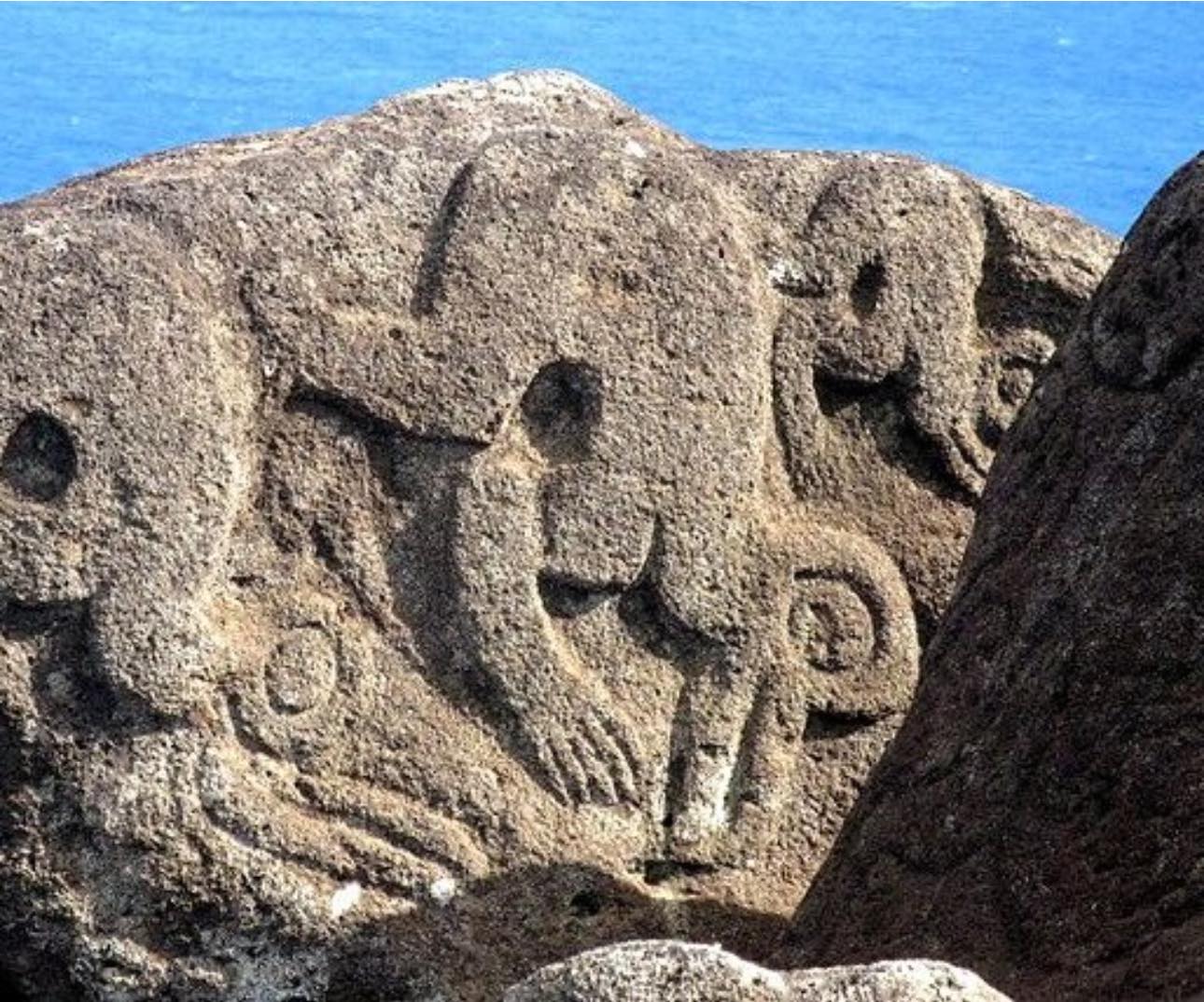Curiosities about Easter Island: Mysteries and Moai that Leave a Mark
Blog Sections
Curiosities about Easter Island: Mysteries and Moai that Leave a Mark
Easter Island, or Rapa Nui, is a remote island shrouded in mystery, where enigmatic statues and ancient traditions continue to captivate travelers from around the world.
The Origin of the Name: Why “Easter Island”?
Easter Island was named by the Dutch explorer Jacob Roggeveen, who stumbled upon it on Easter Sunday in 1722. However, locals call it Rapa Nui, which refers not only to the island but also to the Polynesian people and their culture. Despite the European name, the island’s identity is deeply rooted in the traditions and language of the Rapa Nui people.

The Enigmatic Moai Statues: Guardians of History
The moais, Easter Island’s iconic statues, stand tall with their oversized heads, long noses, and enigmatic expressions. There are nearly 900 statues, ranging in size from 4 to over 30 feet in height, with the largest unfinished one reaching a colossal 70 feet. They are believed to represent deified ancestors, but their exact purpose remains a mystery. Interestingly, almost all moais face inland, as if watching over the island’s inhabitants, except for a few near Ahu Akivi, which face the ocean.

How Were the Moais Moved?
The transportation of the massive moais has puzzled researchers for years. Some theories suggest that the Rapa Nui people used wooden sleds, ropes, or rollers, but recent studies propose the statues were “walked” into place by rocking them back and forth. This method, dubbed the “walking moai” theory, aligns with oral traditions that say the statues were imbued with mana (spiritual energy) and could move on their own.

A Civilization on the Brink of Collapse
Rapa Nui was once a thriving society, but by the 17th century, it experienced a dramatic decline. Overpopulation, deforestation, and conflicts over resources led to a societal collapse. The palm forests that once covered the island disappeared, making it impossible to build canoes for fishing, further straining the food supply. However, the Rapa Nui people’s resilience ensured that their culture endured, even through challenging times.

The Mystery of the “Birdman” Cult
After the collapse of the traditional moai-building culture, a new religious practice called the Tangata Manu or “Birdman” cult emerged. This annual ritual involved a dangerous competition where participants swam to a nearby islet, Motu Nui, to retrieve the first egg of the sooty tern bird. The winner gained political power for his clan for the year, shifting leadership from hereditary kings to those chosen by spiritual prowess.

The Moai Have Bodies Too!
While the massive heads are the most famous part of the moais, archaeological excavations have revealed that many of the statues also have bodies buried underground. Some of these bodies are elaborately carved with intricate designs and symbols. The reason for burying them remains unclear—possibly to protect them from erosion, or as part of a spiritual or ceremonial practice.

Astronomical Alignments and Ancient Knowledge
Much like other ancient cultures, the Rapa Nui people demonstrated a keen understanding of astronomy. Some moais are aligned with celestial events, such as the solstices and equinoxes, indicating that they may have been used to mark the passage of time or agricultural cycles. The layout of the ceremonial platforms, called ahus, also suggests an intentional design tied to the island’s spiritual beliefs and natural surroundings.

Easter Island Today: Conservation and Sustainable Tourism
Today, Easter Island is both a UNESCO World Heritage Site and a protected national park, with efforts in place to preserve its unique heritage and environment. Tourism plays a significant role in the island’s economy, with visitors drawn to the allure of the moais and Rapa Nui culture. However, maintaining the delicate balance between tourism and conservation remains a challenge. Travelers are encouraged to explore the island respectfully, following guidelines to protect the ancient statues and archaeological sites.

Easter Island, Chile (Pacific Ocean, 3,500 km off the Chilean coast)
Visiting Hours: Open year-round. Access to some areas may require guided tours and park entry fees.
Website: Easter Island National Park

You may also be interested in
Corryvreckan whirlpool
Dive into one of the most breathtaking natural phenomena in…
Khara Khoto Ruins
Journey into the heart of the Gobi Desert and explore…
Waitomo Cave, North Island, New Zealand
Embark on an unforgettable journey through one of New Zealand’s…
Hotels in Easter Island: Popularity
| Hotel | Stars | Discount | Price before and discount | Select dates |
|---|---|---|---|---|
| Cabañas Christophe | ★ | - | - | View hotel |
| Marae - Cabañas Premium | ★★★★ | - | - | View hotel |
| Cabañas Rapa Nui Orito | ★★★ | - | - | View hotel |
| Hotel Manutara | ★★ | - | - | View hotel |
| Chez Jérôme | ★★★ | - | - | View hotel |
| Cabañas Vaiora | ★★ | - | - | View hotel |
| Cabañas MANA NUI INN | ★★★ | - | - | View hotel |
| Hotel Puku Vai | ★★★ | - | - | View hotel |
| Cabañas Raupa | - | - | View hotel | |
| Hotel Taura'a | - | - | View hotel |



